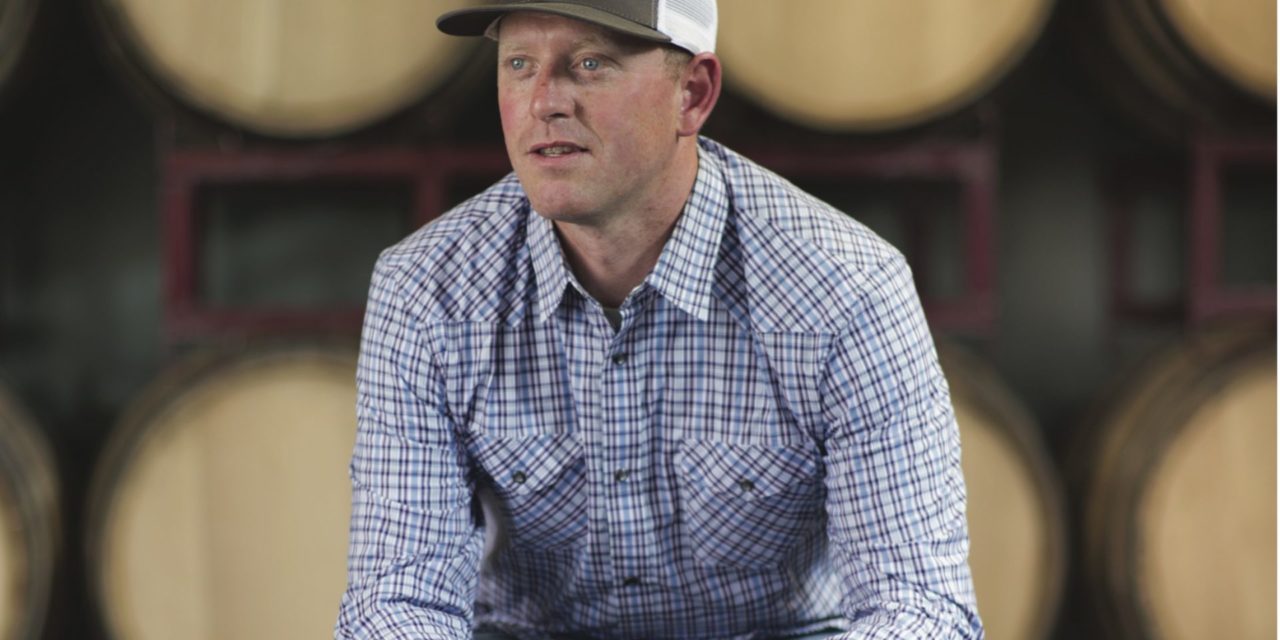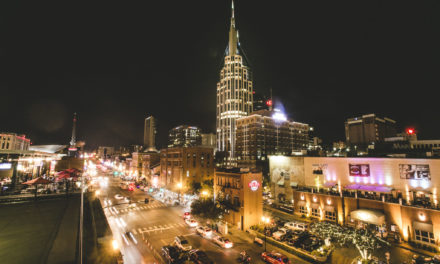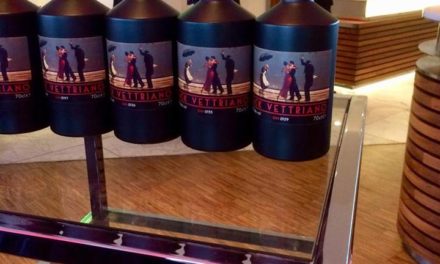Sean Venus launched Venus Spirits from an empty warehouse in Santa Cruz, Calif., six years ago. Unlike the half-dozen brewmasters and winemakers whose sweet yeastings season this city’s Westside neighborhood, Venus isn’t simply fermenting grapes or brewing barley and hops. Instead, he’s condensing a fresh barley mash into spirits that evoke the aromas and flavors of Hebridean Scotch.
Brewmaster-turned-distiller Venus joined the craft beer movement as a student at the University of Oregon and worked as a brewmaster at Oregon Fields brewery in the college town of Eugene. Over the years, he worked at several breweries before accepting an offer from Gordon Biersch in San Jose, Calif.. “Somewhere along the way,” he says, “my love for beer evolved into a love for whiskey.”
Today, his central coast distillery produces bourbon, rye, and single malt whiskies for aficionados and free spirits alike. His passion for producing craft beverages deepened when he discovered that beer and whiskey share a common heritage. Scottish distillers have transformed ale into whisky for 500 years.
While Venus produces bourbon and rye whiskies from barley, corn, rye, and wheat, he crafts his single malt whiskies from malted barley alone. With nearly 1 million cases of super-premium Scotch whisky sold in the United States last year, revenue for the category grew by nearly 15 percent, according to the Distilled Spirits Council.
Like a handful of local artisans, Venus has added a peated, single malt whiskey to his product line-up. “We’re following in the footsteps of distillers from the Isle of Islay,” he explains. Its smoky, peaty character evokes the signature aromas and flavors of an island 80 miles west of Glasgow, touted for making some of the finest Scotch whisky.
Earthy to Elegant
For Venus Spirits, the journey begins at Thomas Fawcett, a seventh-generation family-owned business in West Yorkshire, England, where maltsters steep barley in warm water, germinate it, dry it in a peat-fired kiln, and then cool it to capture color and flavor. The barley absorbs phenolic compounds that give his single malt its distinctive aroma and flavor.
Venus mills the barley, steeps it in hot water to extract the fermentable sugars, drains the wort into a fermentation tank, and adds yeast. The wort ferments into a honey-colored ale or wash that he then pumps into a 150-gallon copper pot still.
Like his peers from Scotland, Venus collects the condensate from the initial distillation and redistills it. He pumps the low wines from the wash to the spirit still, where he separates the aromas, flavors, and ethanol from the water and residual oils that the second distillation leaves behind.
From the spirit still, Venus drains the 120-proof distillate into American white oak barrels. He ages his peated single malt whiskey in used barrels so that vanillin and other oak compounds won’t overpower its subtle blend of aromas and flavors.
“Straight up, it’s intense and fiery, with sparks of white pepper and caramel,” says Spirited columnist and spirit lover Laura Ness. “Savor it with an ice cube, and you’ll be rewarded with lush flavors, including toasty banana nut bread, pound cake with Grand Marnier hard sauce, and caramel crème brûlée.”
This summer, Venus doubled the size of his production floor and rickhouse, adding a tasting room at one end of the distillery and restaurant at the other. Over time, capacity for the aquavit, blue agave, gin, rum, and whiskey distillery could grow from 7,000 to 50,000 cases annually.
“We strive to emulate the quality of Scotch from the Isle of Islay,” he says, “but with a West Coast flavor.”











